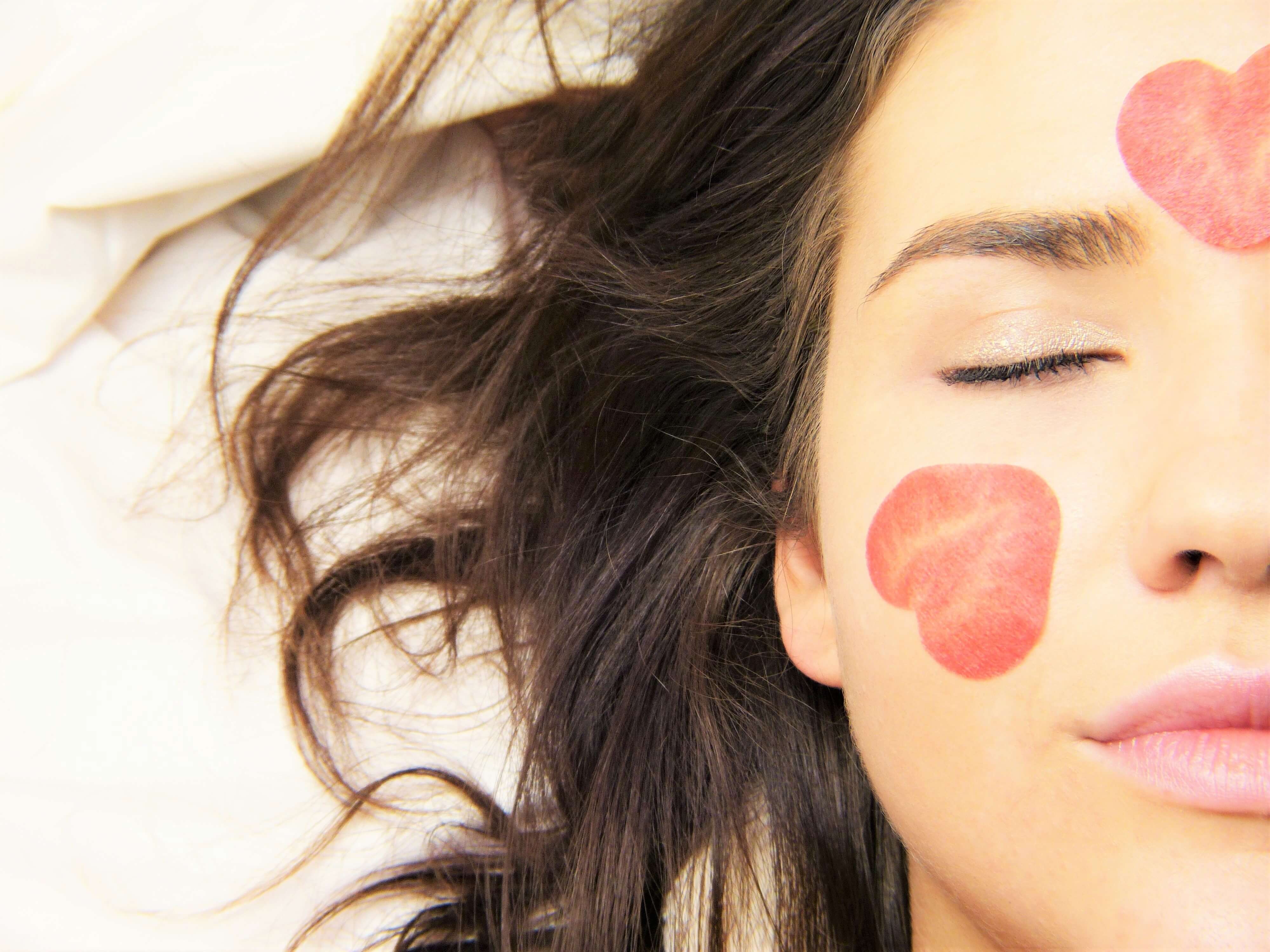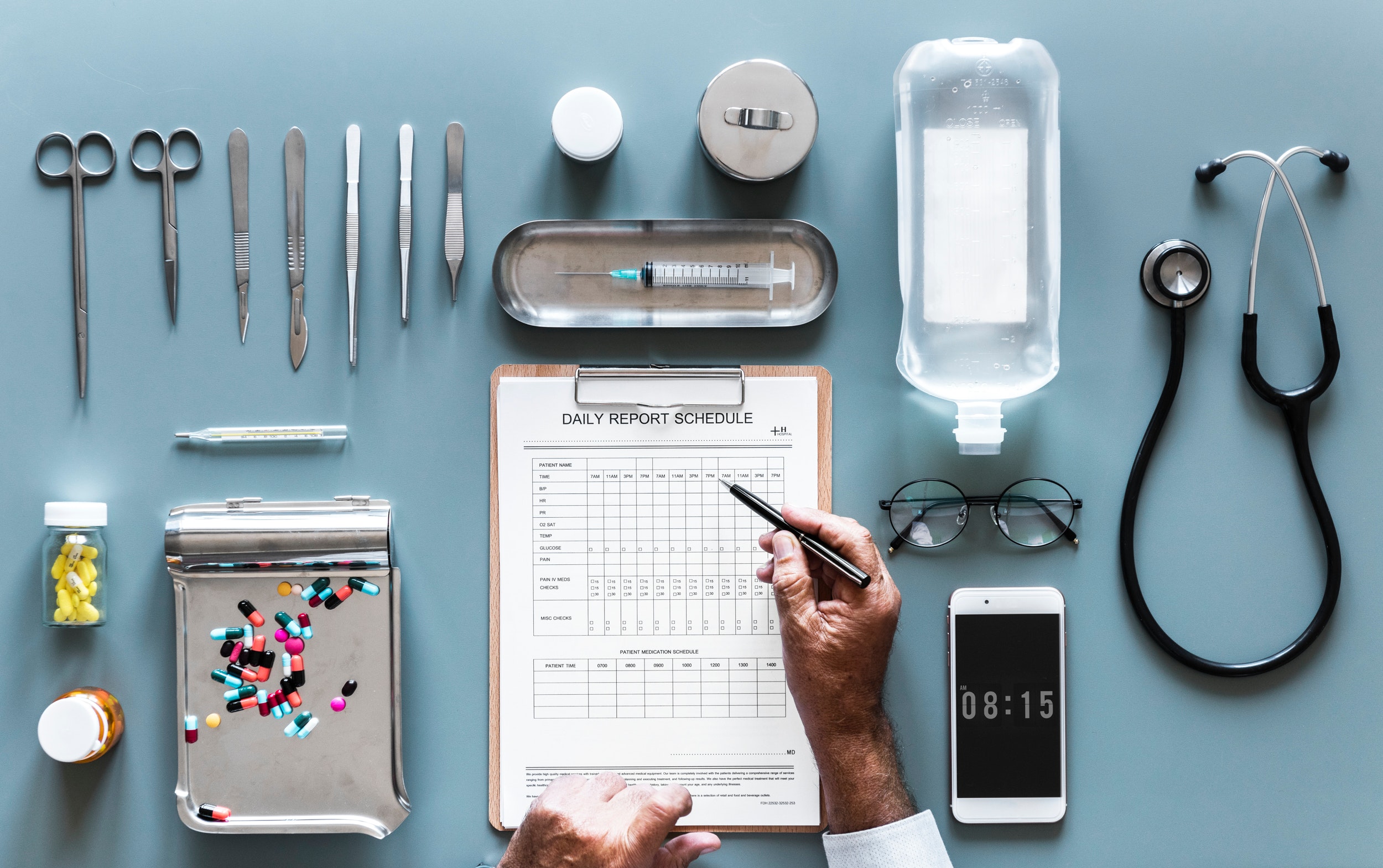Do you face a lot of questions about maintaining your skin? Did you know that the most delicate thing in the human body is our skin and we have a great role in keeping our skin refreshed, moisturized, and glowing? There are tons of agents out there that keep polluting them and extra care is needed to keep them protected. But luckily, there are so many great natural foods that are born and grown in nature’s fields that help us maintain rocking and glowing skin. Check out these 10 foods that are selectively chosen and believed to work as a super-agent in keeping our skin rejuvenated, young, healthy, and glowing.
Contents
10 Superfoods for Glowing Skin:
After a lot of research and elucidation of the scientific properties of the food, we have a conclusive list of these superfoods to keep yourself young and be skin healthy without having to go to other artificial methods that harm us rather than good.
- Turmeric
- Leafy and dark green vegetables.
- Avocado
- Papaya
- Aloe vera
- Carrot
- Fish derivatives
- Green tea
- Yogurt
- Bitter guard
Now, let’s see the properties of the above superfoods that make them so nutritious and healthy resulting in our glowing and younger-looking skin.
1. TURMERIC:
The most effective medicine that works for skincare is turmeric and we believe that its roots are so powerful that ingestion of this power foot root can also prevent various deadly diseases. The main properties of turmeric that helps you save your delicate skin are its antibacterial, antifungal, and anti-inflammatory property that prevents germs build up in the skin. It also fights against oil accumulation in the face and hence preventing open pores, blemishes, and acne.
Usage:
- add a pinch of turmeric to your face pack on a daily basis and also you can grind their roots and use them to see noticeable results.
- By adding the turmeric with olive oil to soups, salads, and other dressings you also add additional nutrition value to your food.
2. Leafy and dark green vegetables:
Green vegetables like spinach, kale, broccoli, and many other greens are the powerhouse of nutrients and serve a major role in enriching nutrients into our diet. Not just that, they are also a great source of antioxidants with a bumper pack of vitamins and minerals. They remove dullness from the skin and make it shine.
Usage:
Add portions of these dark and leafy green vegetables to your diet every day for at least two times a day on a regular basis and you will be seeing a notable difference in your skin health and glow.
3. Avocado:
This buttery fruit comes with loads of nutrition and adding this to your daily diet will prove to be a savior for the nutrition-deprived cells in your skin. They are enriched with vitamin E and also act as an antioxidant. The avocadoes are also termed butter fruit due to their buttery appearance and nature. They act majorly in slowing down the aging of skin cells, repairing inner skin cell damage, vanishing the acne in the skin, stopping face wrinkles, and many other wonders that you may have never thought of.
Usage:
- The avocado is similar to butter and is also termed as healthy butter and can be added to your morning toast like butter, it can also be made in the form of a dip called guacamole and can be combined with chapati dough and make it healthier.
- Other than that, it can also be added to salads, soups, and other dressings.
4. Papaya:
The ever-healthy golden fruit that is giving out abundant nutrition for the human body in many ways. They are a rich source of beta-carotene, antioxidants which are visibly proven to enhance the skin cells and remove the impurities locked in your skin. It is also considered the best superfood for the whole body mechanism as they also prevent and destroy harmful tumor cells.
Usage:
- Take the pieces of papaya and grind them to a paste. Add them to your face pack or apply as it is with rose water and make a facial mask.
- Keep it on for at least 15 minutes and the face will glow no less than a star.
5. Aloe vera:
Nature’s gift to us that grows generously in any place and climate is the aloe vera. They are loaded with auxin and gibberellin hormones that have anti-inflammatory properties. The gel also helps in relieving many dermatology-related problems and can be applied to burns, cuts, etc. This also helps in keeping acne, dark skin, blemishes, blackheads under control.
Usage:
Scape out the aloe vera gel from the plant with a spoon and add them to the face pack or apply directly.
6. Carrot:
The wonder vegetable that is loaded with Vitamin A is a savior as it enriches our skin glow with the carotene. They help by flushing out the toxins accumulated in our skin.
Usage:
Eat carrot raw as a vegetable once a day and also include them in salads or juices.
7. Fish derivatives:
The world-known fact about fish is the presence of omega 3 fatty acids. This brings nutrition to our skin by helping them glow and repairing all the dead cells. They help in maintaining the overall skin and body health when consumed in small amounts.
Usage:
We can add them as grilled or baked fish to our diet. It can also be added as readymade supplements.
8. Green tea:
The most recently found study reveals amazing properties. It contains flavonoids, phytonutrients, and primely a nutrient called epigallocatechin gallate which removes harmful toxins and keeps you rejuvenated. They also have antioxidants that fight against skin oil build-up, acne, and more.
Usage:
Consume them as a tea by boiling them in hot water and adding honey for taste. Consume this tea on a regular basis after your workout and you will notice the changes in your skin.
9. Yogurt:
The yogurt which is a traditional derivative of milk comes loaded with good bacteria lactobacillus that improves blood circulation, removes skin’s dead cells, and keeps you replenished with body glucose that keeps your skin glowing and fresh all day.
Usage:
- The yogurt can be consumed as a part of your meals every day.
- It can also be added to your face pack to add an additional glow to your face.
10. Bitter gourd:
The wonder green veggie which is loaded with good nutrition also has the capacity to add a superb glow and shine to your skin. This particular veggie comes with the bitter taste that is essential to your diet as it kills all the bacteria in the body and also removes scars, giving a great resistance towards skin allergies.
Usage:
This vegetable can be added to your diet in numerous ways. The most efficient way is to boil them in hot water and consume their juice. They can also be added to dal and curries with less amount of frying involved.
Conclusion:
After looking at these superfoods you may definitely rethink your idea of involving harsh chemical treatments for your skin that brings more side effects than cure. You can avail of these at the growers offers anytime. These foods when consumed on a regular basis help you get rid of all your problems in one shot and result in younger-looking and glowing skin.
Read Also:























